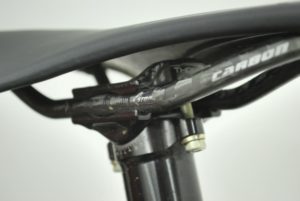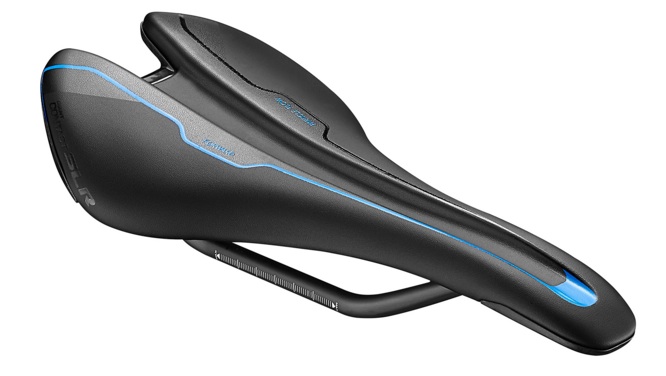Often when we are experiencing discomfort on the bike the first solution is to consider changing your bike fit. While a poorly set up bike can be the cause of many issues, so too can limited mobility, especially if that mobility wasn’t considered in the initial set up of the bike or there has been a recent decrease in mobility from either injury or lifestyle changes. Limited mobility is one of the leading causes of discomfort on the bike and presents some of the greatest barriers to both being more comfortable and being in a more efficient position.
Every aspect of your mobility has a corresponding impact on your bike fit to varying degrees. To help understand how mobility correlates to each element of the fit we are going to break our analysis down to two main categories:
- Upper Body – everything above the belly button, but specifically your upper back, neck, and shoulders.
- Lower Body – everything below your belly button, specifically the spinal erectors, glutes, hip flexors, and hamstrings.
These two areas are key in determining how much leg extension and flexion your body can comfortably handle – essentially how high your saddle can be – as well as how long and low your handlebars can be in relation to your saddle. The range of saddle and handlebar positions that your body can comfortably and efficiently accommodate is referred to as your fit window, knowing your fit window helps provide a set of helpful boundaries for your bike fit.
What is a Fit Window and how do you determine yours?
At MyVeloFit, our philosophy is that every rider has a fit window, this means that instead of one position which is dialed to the millimeter, every fit parameter (e.g. saddle height, handlebar reach, etc) has a range in which that touch point can be adjusted and the fit will still work well for that rider. The fit window is the total amount of adjustment you can make and still be in a good or acceptable position. For instance a rider could have a saddle height of 685mm to 695mm and still be in the range of their saddle height window. If the rider has been sitting a lot and not working on mobility they’d err on the lower end of the range, whereas if they have been riding a lot and doing mobility work then they could go to the higher end of the range. Depending on the rider these ranges can be smaller or larger. Smaller riders or those with less mobility will typically have a smaller range, while taller riders or those with more mobility will have a larger range.
It is difficult to determine your fit window on your own. The best way to determine your window is with a professional bike fit or an app like MyVeloFit. At MyVeloFit we use AI to analyze your mobility and your position on the bike then we make recommendations to get you into your fit window. Once in that window you can use the joint angle ranges (see the color coded bars below) to explore your position within these windows. Joint angles don’t tell the entire story of the fit window though, as quality of movement is also important. If you are bouncing, or rocking, or experience significant discomfort you are likely outside of your fit window.
Lower Body Impacts
Lower Body and the Saddle:
Lower body mobility can have a number of impacts on how we set the saddle position within the fit window. Having tight hamstrings will usually mean we need to run lower in the fit window, while having good hamstring mobility will mean we can run higher.
Tight hip flexors can result in anterior pelvic tilt which can make many saddles uncomfortable because it pulls the front of the pelvis down towards the nose of the saddle resulting in less pressure on the sit bones and more on soft tissue. Having excessive anterior pelvic tilt may mean you need to select a saddle designed around more pressure on the front of the saddle. Modern short-nosed saddles such as the Pro Stealth, Bontrager Aeolus, or Specialized Power have been designed with this in mind. It may also help to run the saddle slightly further forward but still within your fit window.
Lower Body and the Handlebars
Having tight hamstrings, glutes, or low back muscles can make it difficult to comfortably reach the handlebars while pedaling efficiently so your handlebars might need to be higher and/or closer within the fit window.
Tight hips can also cause issues requiring a higher or closer handlebar position due to “bunching” or pinching in the front of the hip. This is especially true as we move to more aggressive front end setups like those seen in road racing or Time Trial/Triathlon.
Upper Body Impacts
Upper Body and the Saddle
Unlike the lower body which can have some significant impact on the handlebar position of the bike, the upper body has limited influence on saddle position. The standout consideration is that a very tight mid or upper back can lead to an atypical seating position on the saddle. This results from accommodating poor upper body functionality. A more forward saddle position within your fit window can sometimes help to relieve these issues, but a more comprehensive analysis of the rider’s position is typically warranted.
Upper Body and the Handlebars
Handlebar reach and drop are the measurements that are most affected by limited upper body mobility. Shoulder mobility typically will affect handlebar reach while neck and back issues will typically affect handlebar drop.
Tight shoulders, typical of those with injuries or who spend long hours at the computer, will typically require a shorter reach, whereas those with good shoulder mobility can go longer within their fit window.
Back and neck injuries or tightness will generally require a more upright position while more mobility will allow a rider to get lower in their fit window.
Key Takeaways:
It is clear that mobility plays an important role in your position on the bike, so remember the following things when you are setting up your bike:
- Get a bike fit or use MyVeloFit to determine a good starting point
- Be honest with yourself about your mobility and set the bike up to accommodate your individual mobility characteristics.
- Be sure to add regular mobility work to prevent injuries and improve your ability to hold your position on the bike.
- Most importantly let comfort be your guide. If a position isn’t relatively comfortable you likely won’t enjoy your bike as much as you should.
Jesse Jarjour is the co-founder of MyVeloFit, an app that uses AI to help improve your bike fit. Jesse’s love for bike fit started when he bought his first road bike and was sold a bike that was two sizes too big. He fell for cycling but was plagued by chronic injuries due to the poor positioning. Once he finally got a fit and set up the bike somewhat functionally, he was amazed by what changes could be made to improve his comfort and enjoyment of the sport. As Jesse’s affinity for cycling grew, he decided on a career change from economics to bikes. Recalling how much bike fit improved his cycling experience, Jesse devoted himself to learning everything he could about achieving the optimum fit. Fast forward almost 15 years later and Jesse now holds Level 2 certification from the International Bike Fit Institute as well as fit certifications from Retul and Trek. He has fit over 2,000 people of all backgrounds and is just as comfortable fitting a National Champion as a first timer.
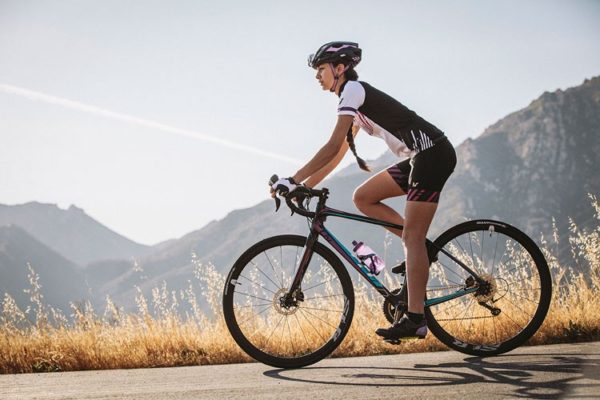
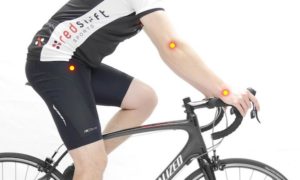
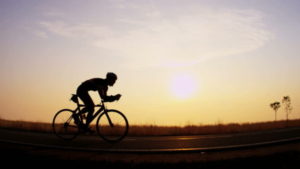 Neck Pain
Neck Pain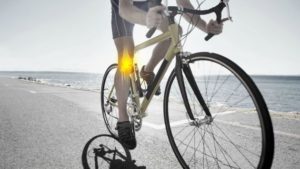
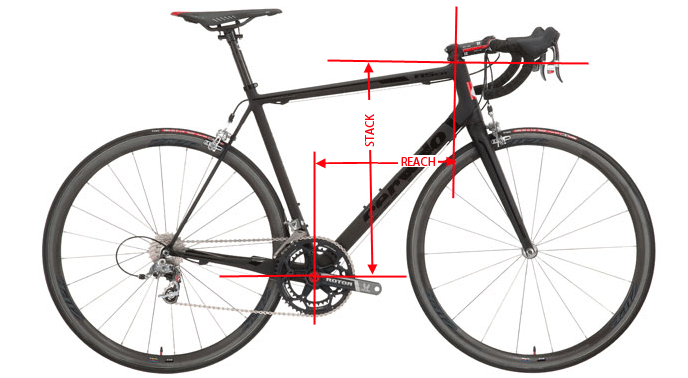
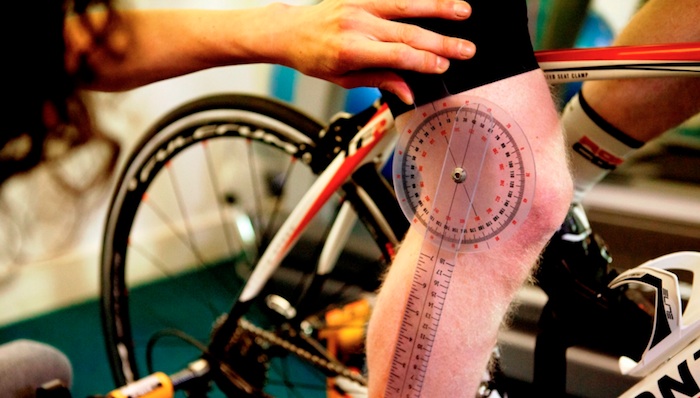
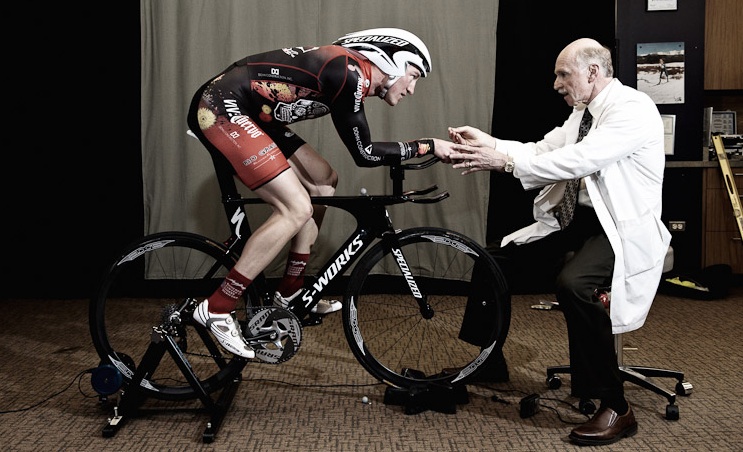
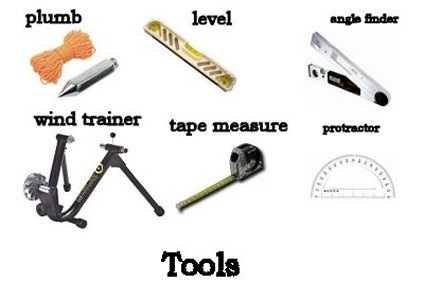 A
A 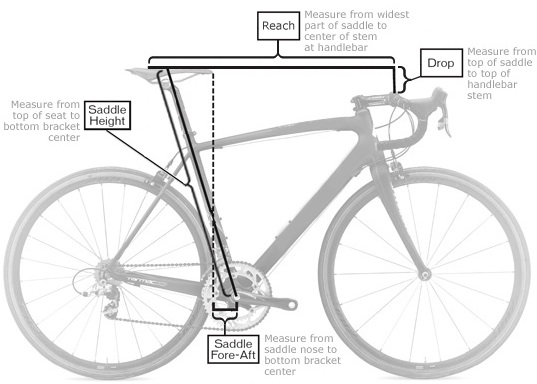
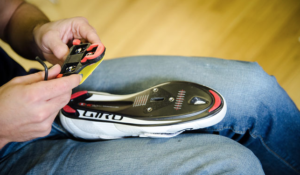
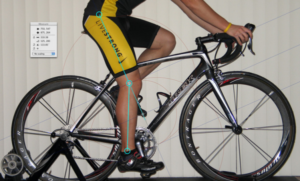 Saddle Height
Saddle Height